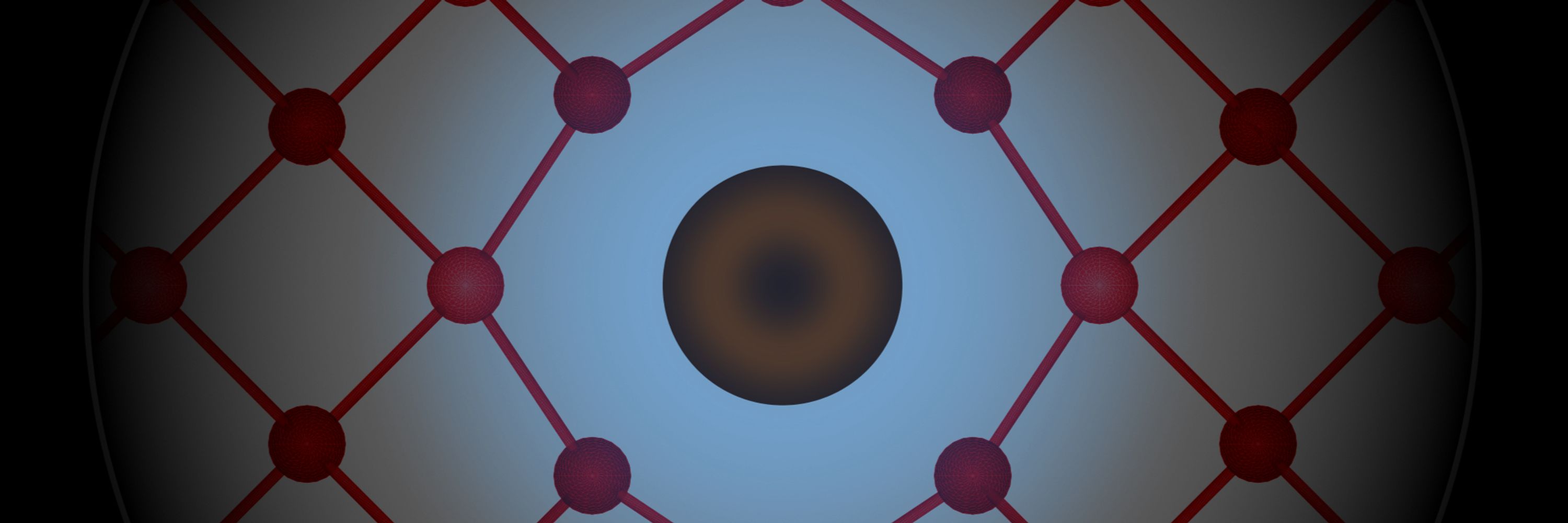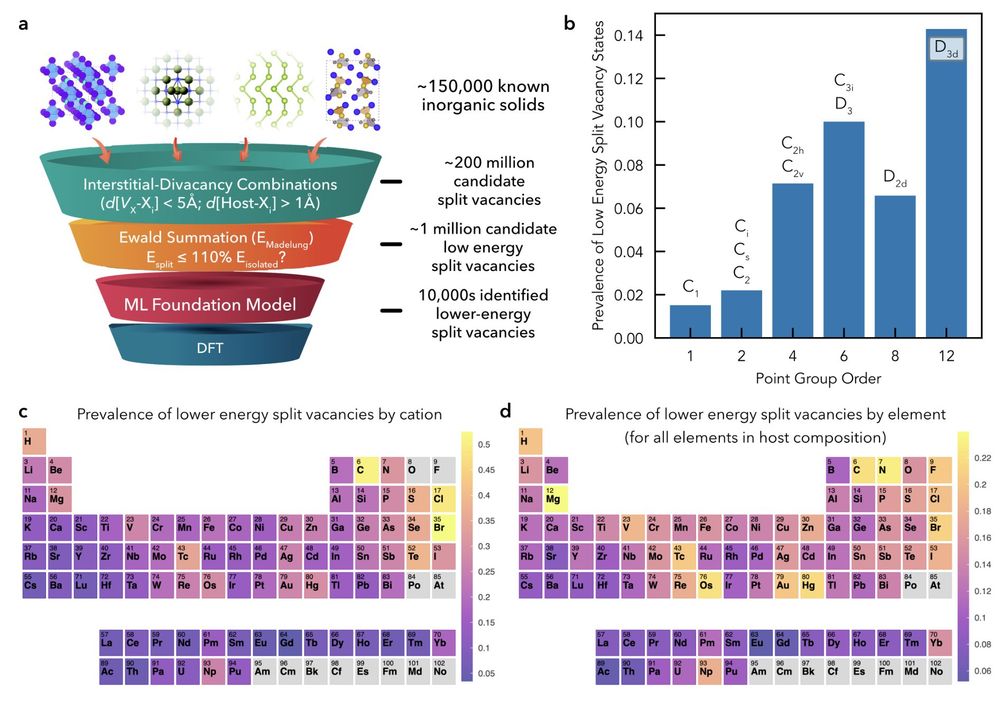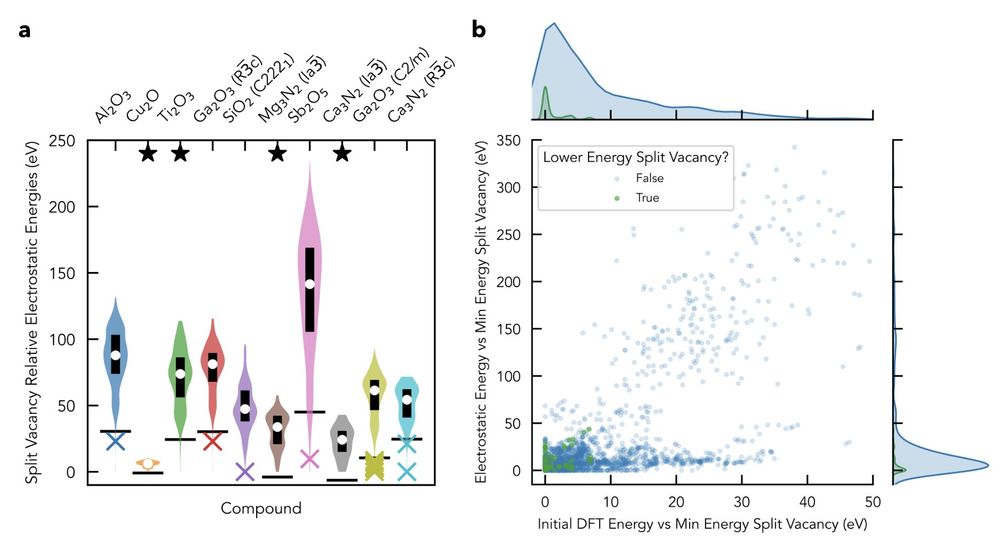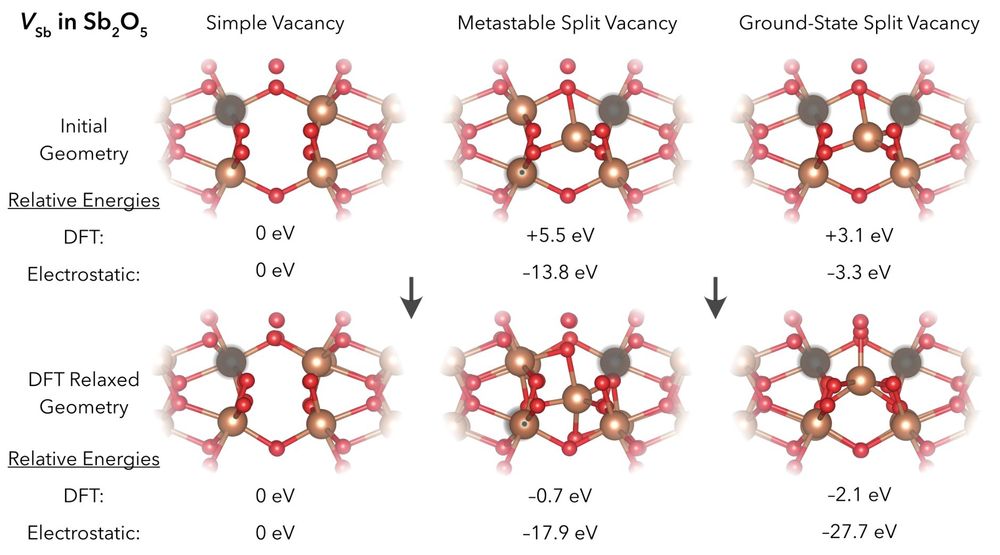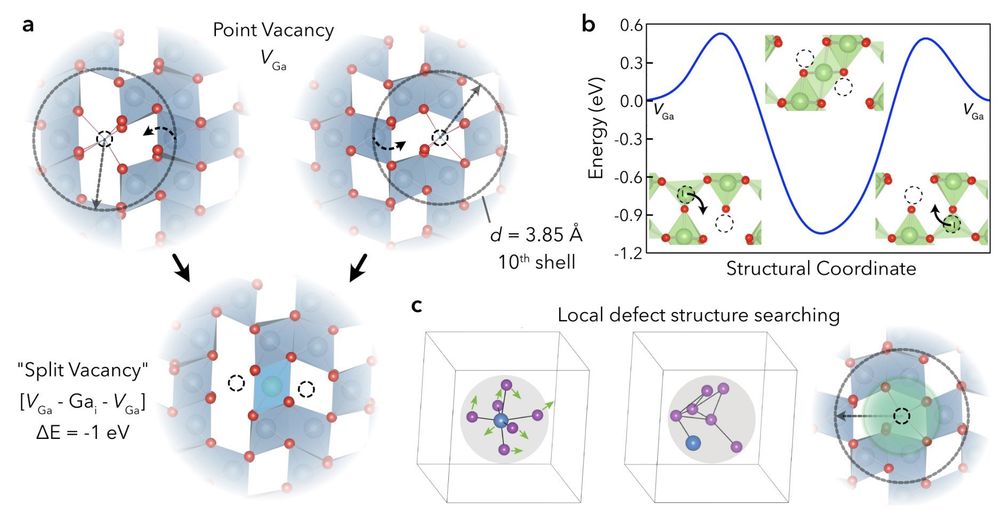Seán Kavanagh
@kavanaghsean.bsky.social
150 followers
130 following
73 posts
https://sam-lab.net
Computational chemist, physicist, material scientist? Who knows...
Asst Prof in Simulation of Energy Materials at the University of Cambridge (Chemistry)
Formerly Environmental Fellow @harvard.edu
Posts
Media
Videos
Starter Packs
Reposted by Seán Kavanagh
Alex Squires
@agsquires.bsky.social
· Mar 13
Reposted by Seán Kavanagh
Seán Kavanagh
@kavanaghsean.bsky.social
· Jul 15
Seán Kavanagh
@kavanaghsean.bsky.social
· Jul 15
Seán Kavanagh
@kavanaghsean.bsky.social
· Jul 15
Seán Kavanagh
@kavanaghsean.bsky.social
· Jul 15
